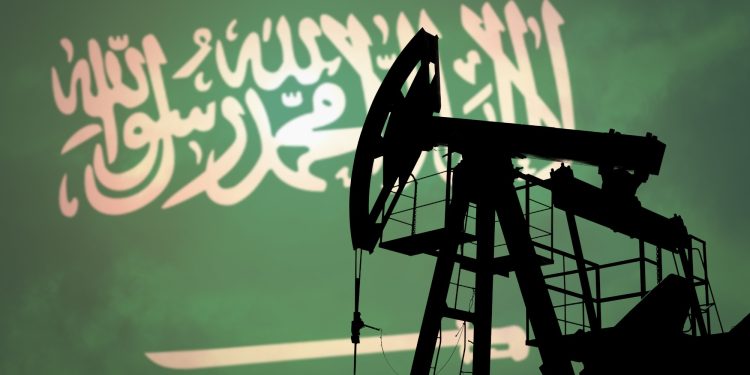OPEC+ is moving to increase oil production by 411,000 barrels per day in May, as eight member countries accelerate the phase-out of previous output cuts. This decision comes amid ongoing market volatility and follows recent shifts in U.S. trade policies that have introduced new tariffs, impacting global oil dynamics.
Saudi Arabia, which has been carrying the bulk of OPEC+ production cuts, faces financial pressure due to its Vision 2030 investments. The country now needs oil prices above $96 per barrel to balance its budget, yet it continues to produce at reduced levels. Despite these challenges, Saudi Arabia has options to manage lower revenues, such as accessing foreign reserves or issuing debt, and could potentially slow down its ambitious economic transformation plans if necessary.
Amid rising tariffs elsewhere, Saudi Arabia and other Gulf states are looking to leverage relatively low U.S. tariffs to strengthen their manufacturing sectors. Experts suggest this could attract businesses seeking alternatives to higher-tariff markets, supported by the region’s cheap energy and favorable regulatory environment.
Saudi Arabia is also ramping up efforts to diversify its economy through a major push into mining, aiming to boost non-oil revenues. The country’s mineral reserves have been revalued at $2.5 trillion, with plans to significantly increase mining’s contribution to GDP by 2035. Recent deals with international companies highlight the Kingdom’s commitment to building robust supply chains for critical minerals.
In summary, as OPEC+ revises its production strategy, Saudi Arabia is balancing oil market influence with the need to secure its economic future through diversification and new investments.


